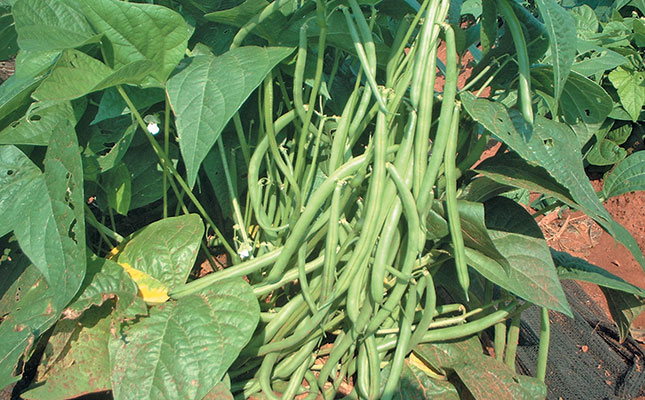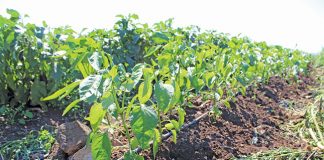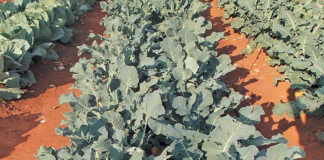
If we consider tomatoes, for instance, the farmer may reason that if he encouraged more vigour by applying more nitrogen, the plant would use this extra stimulus to produce more fruit. That is what the farmer may think.
But what does the plant think?
In its wild state, the tomato plant has to compete with many other species. In order to survive, it has to produce fruit and seed for the next generation. Therefore, it would first use any extra vigour or fertility for vegetative growth, then for fruiting.
The same ‘instinct’ applies to cultivated tomato crops. With so much stimulus, this crop will also use the extra nitrogen to grow into as large a plant as possible and initially neglect fruiting.
Maximise yield
But this is not what the farmer wants. The farmer wants as much fruit as possible from as low down as possible. To maximise yield, the farmer must therefore compromise between vigour and fruit production.
Beans respond similarly. The dwarf type is the most commonly grown variety worldwide. In the original wild type, the plants grew tall.The genes that ensured their survival are still present in the dwarf varieties we grow today.
As with tomatoes, a farmer must compromise between plant vigour and fruit set. Apply too much nitrogen, and the plant will produce fewer pods.
This is very noticeable with seed production, especially where the land used for seed production has patches of more fertile soil.
When all the leaves have dried up and the plants are ready to harvest, the pods are far more clearly visible, and the lower yield in these patches with lush vegetative growth will be obvious. But this is less obvious in a land where the beans are harvested fresh.
Conscientious farmer
I once had a client who was an excellent and conscientious farmer and always tried to do everything correctly. He also had a consultant who advised him on fertilisation and other practices.
On several occasions, I noticed that his beans were too lush, but did not want to interfere.
The farmer would generally harvest 8t/ha. He had a neighbour who primarily farmed cattle and wanted to give beans a go.
Despite his extremely limited experience of vegetable growing, the neighbour harvested 12t/ha on his first attempt! My client was stunned, especially since his neighbour’s crop didn’t look as ‘good’ as his own. He asked me what was going on.
I explained the stimulus story to him and that his very well-paid consultant’s advice was very wrong. This farmer was basically throwing money at the crop without understanding the physiology of the plants.
You could say he was ‘spoiling the crop with kindness’. Knowing the ancestry of the crop will help a farmer determine the best practice.
Bill Kerr is a vegetable specialist and a breeder of a range of vegetables.












